PPT-PHYS 1001:
Author : tatyana-admore | Published Date : 2016-06-10
Oscillations and Waves Stream 3amp4 Dr Rongkun Zheng Dr Darren Hudson rongkunzhengsydneyeduau dhudsonsydneyeduau Streams 1amp2 Dr Helen Johnston Rm 213 Ph
Presentation Embed Code
Download Presentation
Download Presentation The PPT/PDF document "PHYS 1001:" is the property of its rightful owner. Permission is granted to download and print the materials on this website for personal, non-commercial use only, and to display it on your personal computer provided you do not modify the materials and that you retain all copyright notices contained in the materials. By downloading content from our website, you accept the terms of this agreement.
PHYS 1001:: Transcript
Download Rules Of Document
"PHYS 1001:"The content belongs to its owner. You may download and print it for personal use, without modification, and keep all copyright notices. By downloading, you agree to these terms.
Related Documents

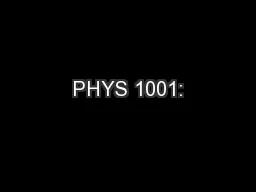
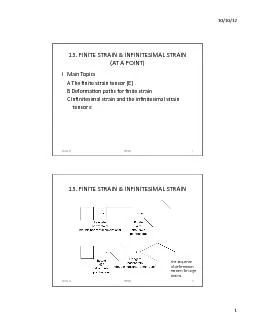


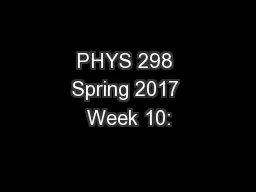

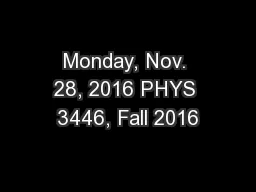


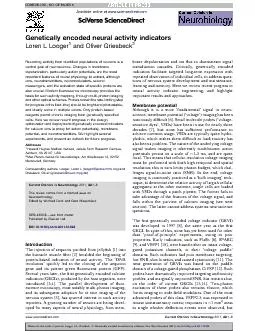
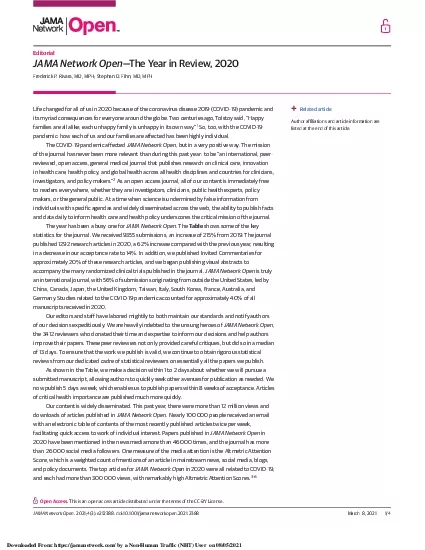
![[EBOOK]-1001 Inventions: The Enduring Legacy of Muslim Civilization: Official Companion](https://thumbs.docslides.com/957905/ebook-1001-inventions-the-enduring-legacy-of-muslim-civilization-official-companion-to-the-1001-inventions-exhibition-633bec8b4133a.jpg)

